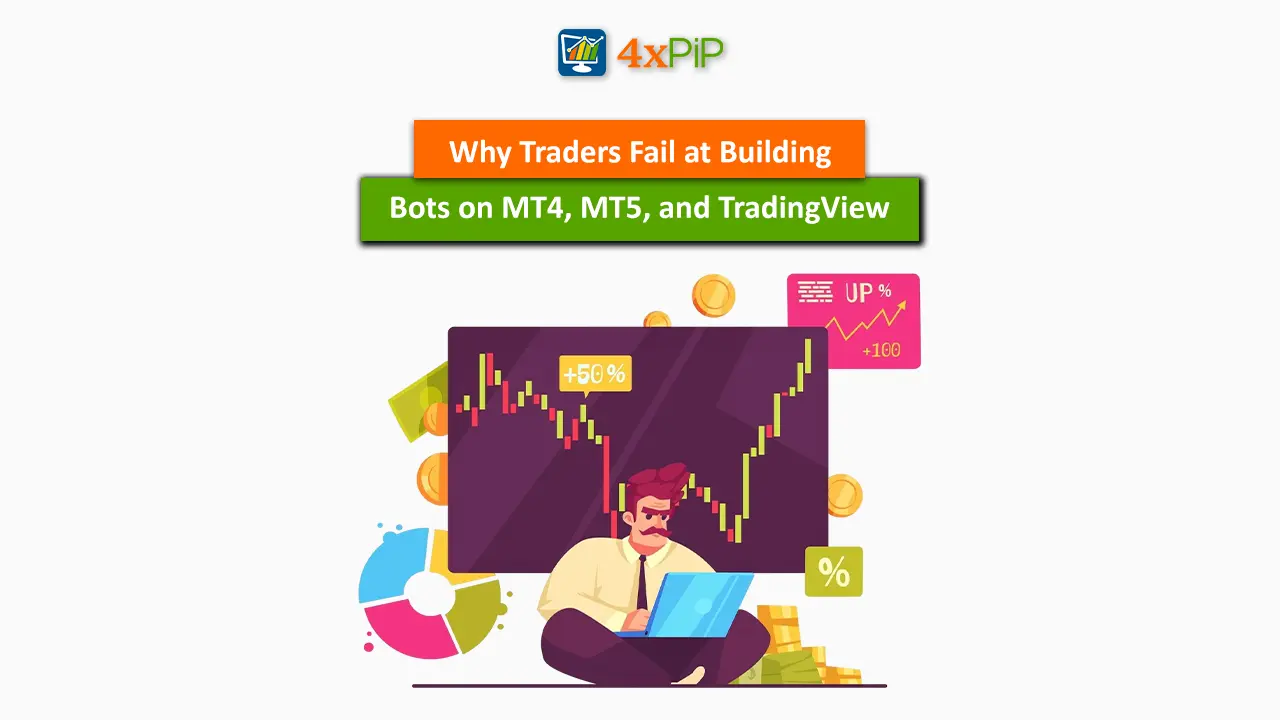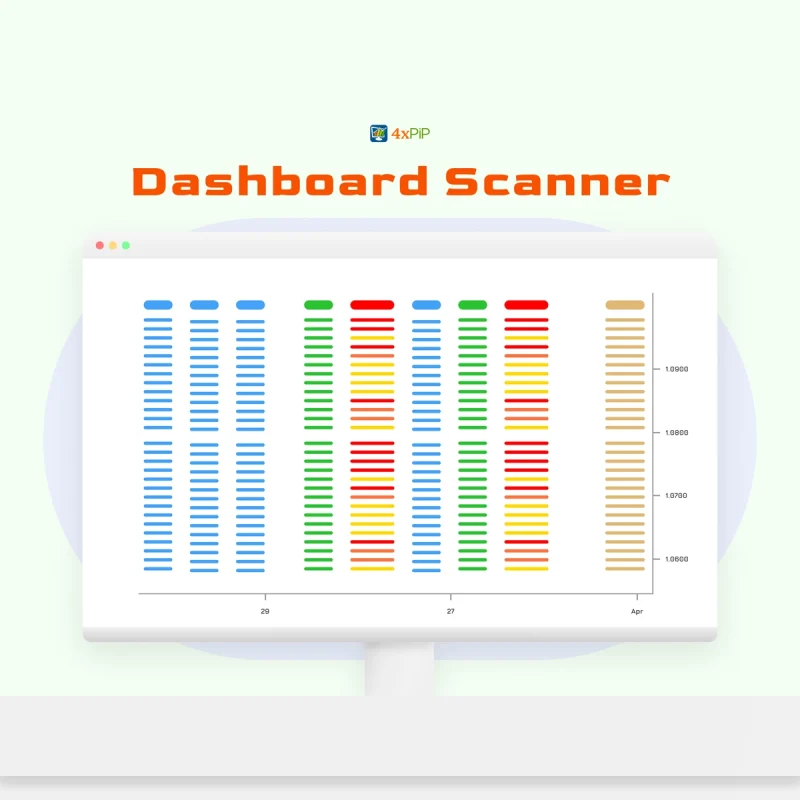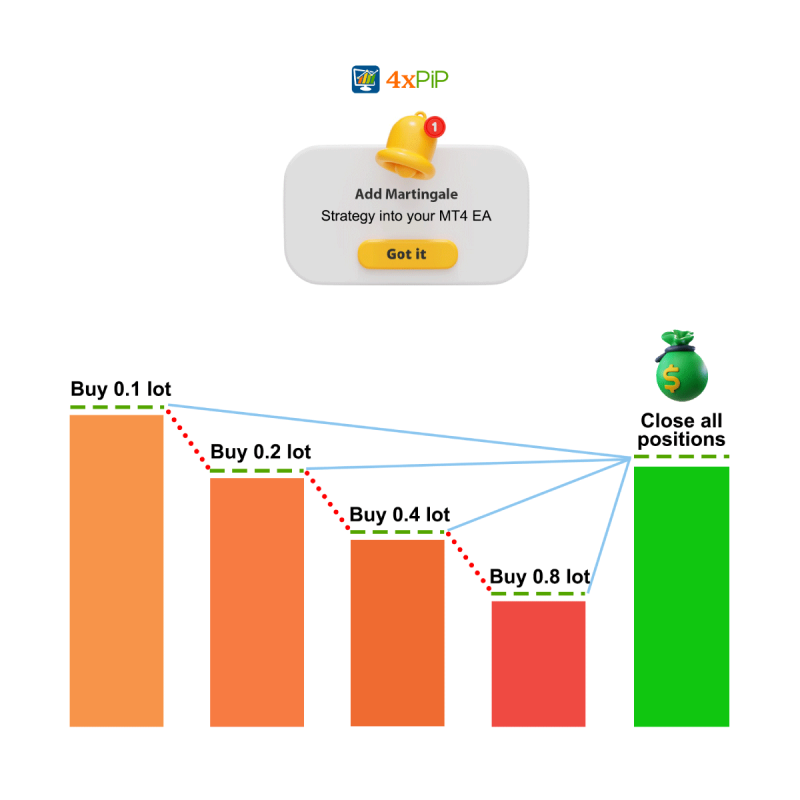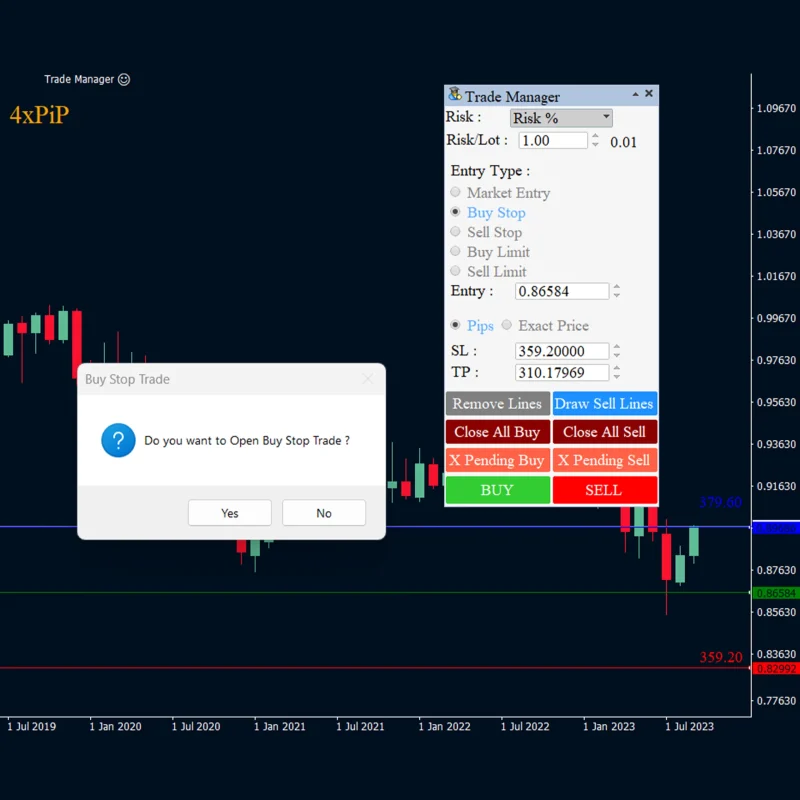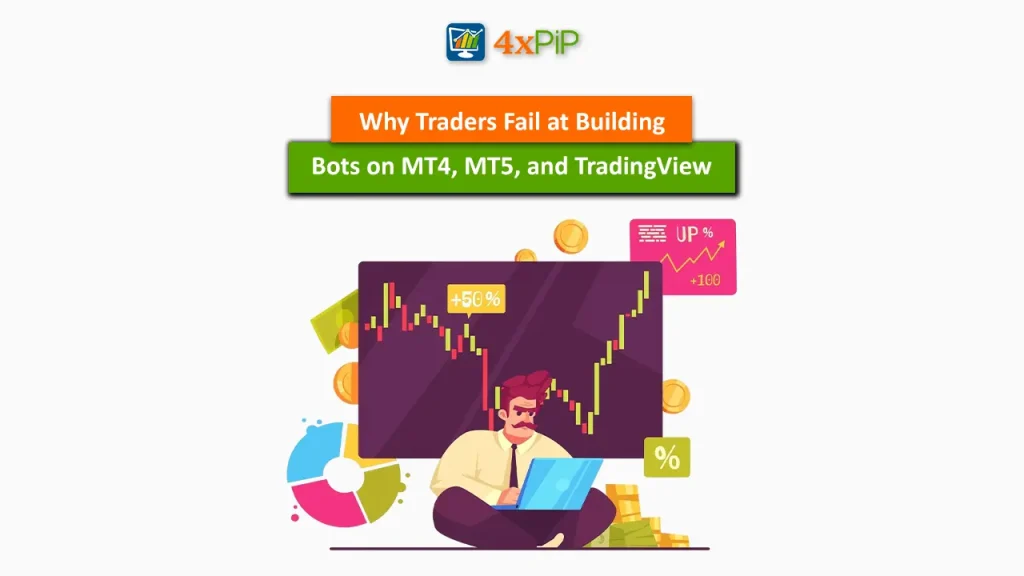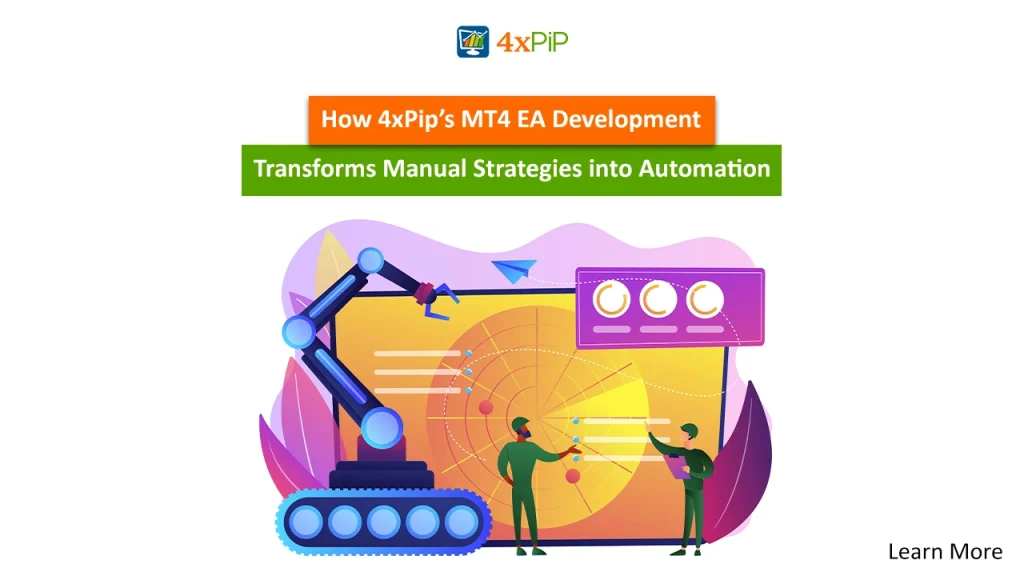Automated trading is the standard for traders who want precision execution, reduced emotional errors, and nonstop market activity. Platforms like MetaTrader 4 (MT4), MetaTrader 5 (MT5), and TradingView have made it possible to build your own trading bot for MT4, MT5 or TradingView, but many traders quickly realize that creating an effective Expert Advisor (EA) is far from straightforward. Coding limitations, lack of optimization, and poor risk management integration often turn promising bots into losing systems. Most of these failures are avoidable, and recognizing common mistakes is the first step toward sustainable automation.
Misunderstanding the Core Differences Between Platforms
A major reason traders fail at automation is choosing the wrong platform for their strategy:
- MT4 (MQL4): Best for simpler trade execution and widely supported indicators.
- MT5 (MQL5): Supports advanced functions, multi-asset trading, and improved backtesting.
- TradingView (Pine Script): Ideal for visual analysis, but requires custom logic for broker execution.
When a trader overlooks these distinctions, they often spend weeks coding in the wrong environment, only to discover that their strategy cannot perform as intended.
To avoid this, we at 4xPip begin by matching the trader’s strategy with the correct platform before any coding takes place. For example, if a trader needs a bot for scalping on MT4, we provide expert-level MQL4 programming; if the strategy demands multi-timeframe analysis, we switch to MT5 with MQL5 development; and for TradingView users, we deliver Pine Script automation.
To start, the EA owner simply shares their trading rules with us, and our programmers convert those rules into a working bot. From there, we add risk management, test on historical data, and deliver a ready-to-use ex4/ex5 executable file or TradingView script. In practice this means a trader doesn’t waste time experimenting, instead, they can directly hire a Trading bot developer from us and have the right bot built from the start.
Weak or Vague Trading Strategies
One of the main reasons traders fail at automation is starting with an incomplete or vague plan. Bots need precise entry and exit rules, risk parameters, and money management guidelines to function correctly. If these are missing, the code has nothing consistent to follow, and the backtest results become unreliable. For instance, a strategy without a defined stop loss or clear trade filters may appear profitable on historical charts, but in live trading, it generates random or poor results. Simply put, a bot is only as effective as the strategy behind it.
4xPip’s custom bot development services address this problem by focusing on clarity and structure before any coding begins:
- Strategy Conversion: The trader provides detailed rules, and our programmers translate them directly into a working bot.
- Risk Management Integration: Stop loss, take profit, trailing stops, and money management rules are built into the system.
- Backtesting & Optimization: Each bot is tested on historical data to refine performance and remove weaknesses.
- Executable Delivery: Traders receive the final ex4/ex5 file for MetaTrader or a Pine Script bot for TradingView, ready for live use.
By following this process, even complex strategies can be automated reliably, avoiding the pitfalls that come with vague or incomplete trading plans.
Over-Reliance on Backtesting Without Validation
Backtesting is a very important step in bot development, but many traders rely on it too heavily without accounting for shifting market dynamics. A strategy that performs well on historical data may fail in live conditions due to changing spreads, liquidity variations, or volatility spikes. Curve fitting, where parameters are over-optimized to past data, often creates bots that look impressive in reports but collapse in real-world execution.
Forward testing and demo trading are important to avoid these pitfalls. Running the EA in a simulated environment allows traders to see how it behaves under live market feeds, slippage, and broker-specific conditions. This process reveals weaknesses that a fixed backtest cannot capture, helping improve both the strategy and its execution rules.
Our custom bots are not just backtested but tested through demo testing before live deployment. Traders provide the strategy, and we convert it into a working EA with risk management tools like stop loss, trailing stops, and money management already integrated, making validation more accurate and reliable.
Ignoring Risk Management in Bot Design
A common mistake in bot development is leaving out important risk management features like stop-loss placement, position sizing, or drawdown controls. When these protections are missing, a single market spike can wipe out weeks of profits, and an unchecked EA can drain an account without warning. Bots designed without built-in risk rules often look profitable in early tests but fail under live conditions where slippage, volatility, and unexpected news events create real risk exposure.
At 4xPip, we make risk management part of the coding process itself. When a trader provides us with a strategy, our developers don’t just automate entries and exits, we integrate stop loss, take profit, trailing stops, and money management rules directly into the EA. This way, risk is controlled at the code level, not added as an afterthought. Traders who want this level of precision can hire a Custom Bot Developer and start by sharing their rules with us. From there, we handle the strategy conversion, backtesting, and delivery of a ready-to-use ex4/ex5 bot that balances profitability with safety.
Technical and Coding Limitations
Developing a reliable bot requires not just a solid strategy but also technical precision. Many traders struggle because they lack proficiency in MQL4, MQL5, or Pine Script, leading to incomplete or unstable bots. Even small coding mistakes can cause order delays, execution errors, or failure to adapt to broker limitations. Overlooking these details often results in bots that perform well in theory but fail under live market conditions.
Common technical oversights include:
- Execution speed issues: poorly optimized code that lags during volatile sessions.
- Broker restrictions: ignoring rules like minimum lot size, maximum orders, or symbol-specific limits.
- API limitations: failing to account for restrictions in MetaTrader or TradingView connections.
- Error handling: no recovery process when trade requests are rejected or servers disconnect.
- Platform compatibility: coding errors that work on MT4 but break on MT5, or vice versa.
- Scalability gaps: bots that cannot handle multiple strategies or instruments simultaneously.
At 4xPip’s custom bot development services, traders don’t need to master these technical details. By sharing their rules with us, they can have a fully functional EA or Pine Script bot coded with speed, error handling, and broker compliance built in from the start.
Skipping Ongoing Monitoring and Adjustments
Markets never stay the same. Volatility shifts, liquidity changes, and news events reshape trading conditions. A bot built today without adjustments can quickly become outdated if left unchecked. This is why long-term success depends on continuous monitoring, debugging, and updating strategies rather than just deploying once and forgetting. Building the bot is only the first step, maintaining it ensures it adapts as markets evolve.
At 4xPip, our approach ensures that once you try to build your trading bot for MT4, MT5, or TradingView, it doesn’t become useless later. We handle everything from strategy conversion to ongoing revisions so the bot stays aligned with live market conditions. Traders receive the bot in ex4/ex5 format or Pine Script, ready to run, with the option to request updates whenever strategies need fine-tuning.
Ongoing monitoring and adjustment with us includes:
- Backtesting & Optimization: Continuous testing on historical and forward data.
- Risk Management Updates: Fine-tuning stop loss, take profit, and money management.
- Custom Revisions: Adjusting rules or adding new conditions when markets change.
- Performance Debugging: Identifying and fixing inefficiencies in real-time execution.
- Ongoing Support: Revisions and enhancements after testing to keep bots relevant.
Summary
Automated trading has become an essential tool for traders seeking accuracy, efficiency, and around-the-clock execution. However, many attempts to build your own trading bot for MT4, MT5, or TradingView fail due to strategy gaps, coding errors, poor platform selection, or weak risk management. Traders often over-rely on backtesting without proving results in real market conditions, leaving their bots vulnerable to unexpected volatility. Long-term success requires not just sound coding but also continuous monitoring and adjustments to adapt to shifting markets. Partnering with expert developers ensures strategies are correctly translated into reliable bots with integrated risk controls, optimized execution, and ongoing support.
4xPip Email Address: [email protected]
4xPip Telegram: https://t.me/pip_4x
4xPip Whatsapp: https://api.whatsapp.com/send/?phone=18382131588
FAQs
- Why do traders often fail at building trading bots?
Because they overlook clear strategies, platform differences, coding accuracy, or risk management, which are all vital for reliability. - What makes MT4, MT5, and TradingView different for automation?
MT4 is best for simple execution, MT5 supports advanced functions and multi-assets, while TradingView excels in charting with Pine Script. - How important is strategy clarity before coding a bot?
Extremely important. Bots follow strict rules, so unclear entry, exit, or risk parameters lead to unreliable performance. A precise strategy ensures consistent results. - Is backtesting enough to confirm a bot’s reliability?
No. Backtesting helps identify potential, but forward testing on live or demo accounts is important to see how the bot handles real market conditions, spreads, and slippage. - Why is risk management essential in trading bot design?
Without built-in protections like stop loss, position sizing, and drawdown controls, a bot can wipe out profits, or even an entire account, during sudden market swings. - What technical issues often cause bots to fail?
Common issues include slow execution, ignoring broker rules, platform compatibility errors, weak error handling, and poor scalability across instruments. - Can I build my own trading bot for MT4, MT5, or TradingView without coding knowledge?
It’s possible with basic templates, but for a stable and customized solution, most traders rely on professional developers who can code directly in MQL4, MQL5, or Pine Script. - How often should a trading bot be updated?
Bots should be monitored continuously and revised whenever market conditions shift. Updates may involve strategy tweaks, new filters, or adjustments to risk settings. - What’s the difference between optimization and curve fitting in bot development?
Optimization fine-tunes a strategy for better performance, while curve fitting over-adjusts to past data, making the bot unreliable in real markets. Striking the right balance is very important. - How can expert developers improve bot performance?
They ensure strategies are coded correctly, risk management is integrated, and the bot is tested across conditions, saving time and reducing costly mistakes.

